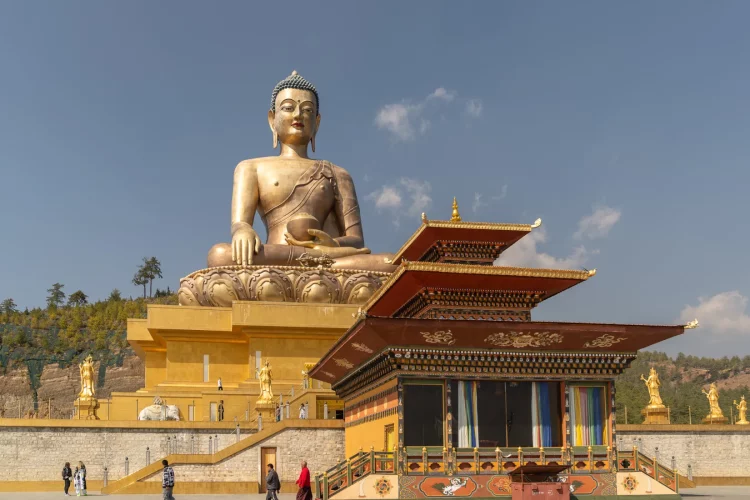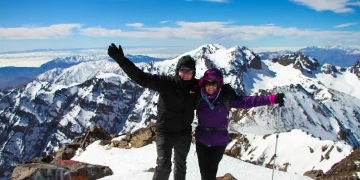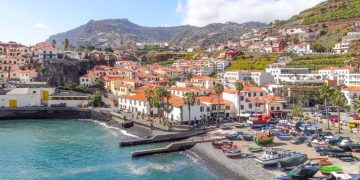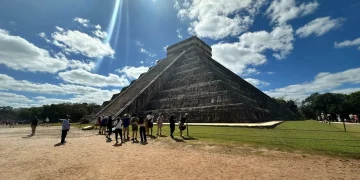A Himalayan Shift in Travel Values
In 2025, Bhutan, the once-elusive Himalayan kingdom that famously shunned mass tourism, is witnessing a curious uptick in visitors—not despite its restrictive policies, but because of them. Known for its “High Value, Low Volume” tourism model, Bhutan has always positioned itself as a destination for the thoughtful traveler, not the fleeting vacationer. But this year, a strategic recalibration—namely, a significant relaxation of its daily Sustainable Development Fee—has triggered renewed global interest, especially from travelers hungry for deeper meaning, authenticity, and a chance to connect with a country that measures success not by GDP, but by Gross National Happiness.
Relaxing the Gate Without Losing the Garden
For decades, Bhutan’s strict tourism model served as both a filter and a philosophy. Until recently, foreign travelers were required to pay a minimum of $200 to $250 per day, which covered accommodation, meals, transport, and a government fee that contributed to national development. This kept crowds at bay and ensured a level of cultural and environmental protection unmatched in other tourist-heavy regions. But by 2022, post-pandemic recovery pressures and shifting global dynamics prompted Bhutan’s government to reform its policies. In 2023, the Sustainable Development Fee (SDF) was revised to a flat rate of $100 per day per person, and in 2024, seasonal discounts and longer-stay incentives were introduced. By early 2025, more flexible entry points and community-led experiences had fully come online, drawing a fresh wave of travelers—not bargain-hunters, but seekers.
Deeper Cultural Immersion at the Core
What’s drawing travelers to Bhutan in 2025 isn’t bucket-list chasing. It’s transformation. With fewer groups clogging temple courtyards and mountain passes, visitors are finding space not only to witness Bhutanese culture—but to be invited into it. Experiences like meditating with monks in the cliffside Tiger’s Nest Monastery, receiving astrology readings in Punakha, or learning traditional wood carving in rural Trongsa are no longer side attractions—they’re the trip’s soul. Bhutan’s “low volume” approach ensures that these moments aren’t diluted or staged. They unfold naturally, often in silence, often over tea. Travelers find themselves walking alongside young monks on their way to morning prayers or helping harvest chilies with a local family whose home they’re staying in. This isn’t tourism as transaction. It’s cultural osmosis.
Festivals Not for Show, But for Spirit
Bhutan’s tshechus—seasonal religious festivals celebrated in dzongs (fortress-monasteries) across the country—have also taken center stage in 2025 itineraries. Instead of being packaged as exotic spectacles, these festivals are understood as living rituals—sacred performances of mask dances, folk songs, and communal offerings passed down through generations. Western travelers who might once have stood back and observed are now welcomed into the preparation process: stitching traditional garments, helping elders prepare offerings, or joining in post-festival communal meals. Places like Paro and Thimphu continue to attract interest, but it’s the lesser-known celebrations in Bumthang or Mongar that are becoming the highlight for those who value authenticity over accessibility. For spiritual adventurers and culture-lovers, Bhutan’s festivals feel less like a destination event and more like a pilgrimage of participation.
An Appeal to Conscious Travelers
In an era defined by overtourism, environmental fatigue, and Instagram cynicism, Bhutan’s deliberate pace feels revolutionary. While other countries scramble to attract foot traffic, Bhutan’s focus remains on the footprint. Eco-conscious travelers are responding. Whether it’s staying in carbon-neutral lodges powered by hydroelectricity, trekking with Leave No Trace-certified guides, or participating in tree-planting initiatives in Phobjikha Valley, visitors are drawn to the clarity of Bhutan’s commitment. You’re not only allowed to tread lightly—you’re expected to. And that alignment between policy and practice has made Bhutan a darling of the slow travel movement.
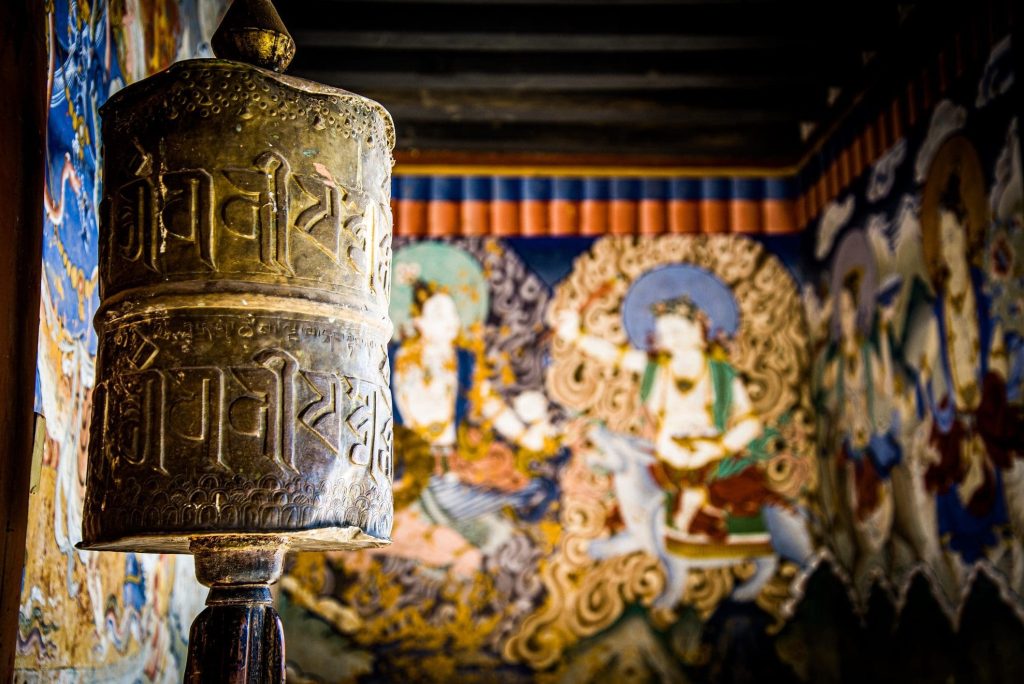
This isn’t luxury in the traditional sense. It’s luxury as silence, space, and depth of experience. A growing number of travelers—especially millennials and Gen Z professionals working remotely or taking career sabbaticals—are choosing Bhutan over Bali or Barcelona not because it’s cheaper, but because it feels purer. It’s a travel choice that signals values: cultural humility, ecological responsibility, and personal growth.
Digital Nomads and Remote Professionals Find Their Zen
While Bhutan hasn’t officially launched a digital nomad visa, its long-stay incentives and strong 4G network have attracted a niche group of remote professionals looking to unplug from capitalism without disconnecting entirely. These aren’t traditional co-working spaces—they’re meditation retreats in the hills of Haa Valley, homestays in Gangtey where one can wake to the call of cranes, or artist residencies funded by Bhutan’s tourism board. What’s emerging is a hybrid traveler who codes in the morning, hikes at noon, and chants with monks at dusk. For this new wave of “intentional nomads,” Bhutan isn’t just a stopover—it’s a recalibration station.
How the Policy Shapes the Experience
Bhutan’s “High Value, Low Volume” framework has done something extraordinary in 2025—it’s turned boundaries into bonuses. By slowing the pace of tourism, the country has inadvertently enhanced its emotional bandwidth. Travelers don’t just move through Bhutan; they’re moved by it. You can feel it in the quiet reverence of a temple at dawn, in the laughter of schoolchildren along a village road, in the cool mountain wind on your face as you cross Dochula Pass.
Even simple things—a cup of butter tea, a walk through rice terraces, a prayer wheel spinning slowly—acquire weight. Bhutan is one of the few places left where slowness isn’t just tolerated but treasured. Where rituals matter more than schedules. And that’s exactly what conscious travelers want in 2025: not just to see the world, but to be seen by it. To be welcomed into a place that changes them.
Sustainable Tourism as Global Model
Bhutan’s approach is starting to ripple outward. In 2025, several emerging travel destinations—like Rwanda, Montenegro, and Costa Rica—have quietly studied Bhutan’s model as a possible blueprint. The logic is clear: value experiences over volume, empower local communities, and tie visitor fees directly to education, healthcare, and conservation. As Bhutan continues to walk this delicate line between openness and integrity, it’s not only attracting more travelers—but the right kind of travelers. Those who understand that some places don’t need more people. They need better guests.
The Future of Travel Lies on Sacred Ground
For all its beauty, Bhutan’s greatest offering may be its message: that tourism can be a force for balance, not just profit. In a world where so many destinations have lost control of their own narratives, Bhutan has written a new one—one of reverence, restraint, and resilience.
It’s a travel story that doesn’t scream or sell—it whispers. And those who hear it in 2025 are packing their bags not to escape, but to connect. With mountains. With people. With meaning.


